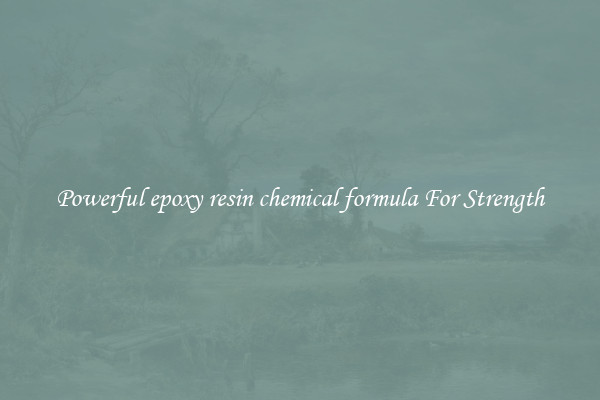controlling powdery mildew That Protects Crops
Powdery mildew is a fungal disease that affects a wide range of crops, from fruits and vegetables to ornamental plants. It is characterized by a white, powdery growth on the leaves, stems, and buds of infected plants. If left unchecked, powdery mildew can cause significant damage to crops, leading to reduced yields and even crop loss. However, there are several effective strategies for controlling powdery mildew and protecting crops.

One of the most important aspects of controlling powdery mildew is prevention. This involves creating an environment that is unfavorable for the growth and spread of the fungus. Proper sanitation practices, such as removing and disposing of infected plant debris, can help to reduce the chances of powdery mildew spreading to healthy plants. Additionally, providing adequate air circulation and spacing plants properly can help to reduce humidity levels and prevent powdery mildew from taking hold.
Another effective strategy for controlling powdery mildew is the use of resistant crop varieties. Some plant varieties have been bred or selected for their resistance to powdery mildew, making them less susceptible to infection. By choosing resistant varieties, growers can significantly reduce the risk of powdery mildew affecting their crops.
In cases where powdery mildew does become a problem, there are various methods of control that can be employed. One common method is the use of fungicides. There are several different types of fungicides available that can effectively control powdery mildew. These can be applied as sprays or powders to the affected plants, following the instructions on the product label. It is important to choose a fungicide that is specifically labeled for powdery mildew control and to follow all safety precautions and application guidelines.
In addition to fungicides, there are also some natural and organic methods that can be used to control powdery mildew. For example, applications of neem oil or sulfur-based products can help to suppress and control the fungus. These natural options can be especially appealing to growers who prefer to avoid the use of synthetic chemicals.
It is worth noting that controlling powdery mildew may require ongoing management throughout the growing season. This is because powdery mildew can develop resistance to certain fungicides, requiring the use of alternative products. Additionally, environmental factors such as temperature and humidity can influence the severity and spread of the disease. Therefore, it is important for growers to closely monitor their crops and adjust their control measures as necessary.
In conclusion, controlling powdery mildew is crucial for protecting crops from this damaging fungal disease. By implementing preventive measures, such as proper sanitation practices and choosing resistant crop varieties, growers can significantly reduce the risk of powdery mildew affecting their crops. In cases where powdery mildew does become a problem, the use of fungicides and natural control methods can help to effectively manage the disease. With diligent management and a proactive approach, growers can successfully protect their crops from the detrimental effects of powdery mildew.

View details

View details

View details

View details





